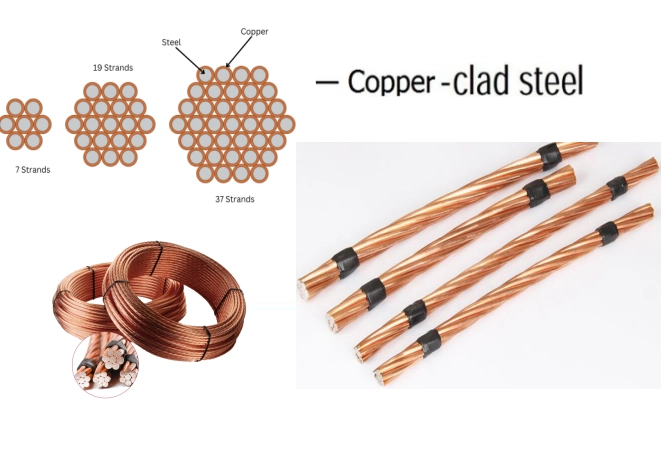When it comes to shipping heavy items, such as a 50-pound package, cost efficiency becomes a paramount concern for both individuals and businesses. With the rise of e-commerce and global trade, understanding the most economical methods for shipping can save you significant amounts of money. In this article, we will explore various strategies, services, and tips to ensure you find the cheapest way to ship 50 pounds without compromising on reliability or speed.
Understanding Shipping Options
Before diving into specific methods, it’s essential to understand the different shipping options available. Generally, shipping can be categorized into three main types:
- Ground Shipping: This is often the most economical choice for heavier packages. Carriers like UPS, FedEx, and USPS offer ground services that are typically slower but more affordable than air shipping.
- Air Shipping: While faster, air shipping is usually more expensive. It’s best suited for urgent deliveries where time is of the essence.
- Freight Shipping: For larger shipments, freight services can be a cost-effective solution. This method is ideal for businesses or individuals shipping multiple heavy items.
Comparing Carrier Rates
To find the cheapest way to ship 50 pounds, it’s crucial to compare rates from different carriers. Here’s how to do it effectively:
- Use Online Rate Calculators: Most major carriers provide online tools to estimate shipping costs based on weight, dimensions, and destination. Utilize these calculators to get a clear picture of your options.
- Consider Regional Carriers: Sometimes, local or regional carriers offer competitive rates that can beat the big names. Research smaller companies that operate in your area.
- Look for Discounts: Many carriers offer discounts for businesses or frequent shippers. If you’re shipping regularly, consider signing up for a business account to take advantage of these savings.
Packaging Matters
The way you package your items can significantly impact shipping costs. Here are some tips to optimize your packaging:
- Use the Right Box Size: Avoid oversized boxes, as shipping costs are often calculated based on dimensional weight. A snug fit can help reduce costs.
- Choose Lightweight Materials: While ensuring your package is secure, opt for lighter packaging materials. This can help lower the overall weight and, consequently, the shipping cost.
- Flat Rate Boxes: If your package fits within the dimensions of a flat-rate box offered by USPS, consider this option. It can be a cost-effective way to ship heavier items for a fixed price.
Timing Your Shipment
Timing can also play a crucial role in shipping costs. Here are some strategies to consider:
- Ship During Off-Peak Times: Shipping costs can fluctuate based on demand. If possible, avoid shipping during peak seasons (like holidays) when rates are typically higher.
- Plan Ahead: If you can afford to wait for your package to arrive, choose slower shipping options. Ground shipping is often cheaper than expedited services.
Utilizing Third-Party Shipping Services
Another way to save on shipping costs is by using third-party shipping services or platforms. These services often negotiate bulk rates with carriers and can pass on the savings to you. Some popular options include:
- ShipStation: This platform integrates with various carriers and offers discounted rates for businesses.
- Pirate Ship: A user-friendly platform that provides access to discounted USPS rates, especially beneficial for small businesses.
Conclusion
Finding the cheapest way to ship 50 pounds requires a strategic approach that encompasses understanding shipping options, comparing carrier rates, optimizing packaging, timing your shipment, and potentially utilizing third-party services. By implementing these strategies, you can significantly reduce your shipping costs while ensuring your package arrives safely and on time.

More Stories
OHMIEX D9 Intelligent Riding System: Redefining the Intelligent Riding Communication System for B2B Markets
kfc
Global Momentum in International Air Freight Logistics Service